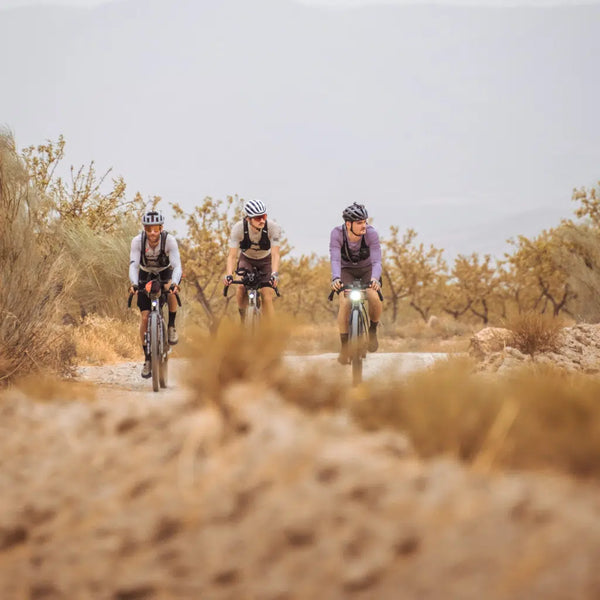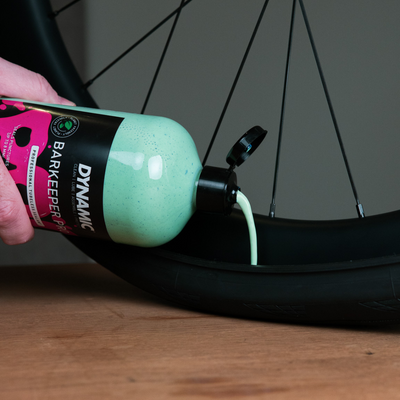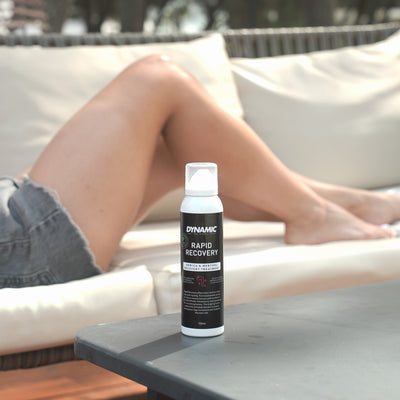The day of the competition is just around the corner, and you train exactly according to plan in order to show your best form at the competition. You also pay attention to yourself, your health and your diet. On this day, everything has to be perfect! But what if the material fails during the competition and your bike goes on strike? It doesn’t matter whether it’s a triathlon, a road race or a cross-country marathon – without a functioning bike, no competition can be completed in cycling.
Professional teams like Jumbo-Visma or BORA – hansgrohe naturally have mechanics who check the bike before the race – but most of us have to take care of our bike ourselves. In this guide, we’ll show you how to properly maintain your bike before the race and give you a checklist to make sure you don’t forget anything.
Contents
Clean your bike
The first step before the material check is to clean your bike. When your bike is clean you can identify defects and wear and tear.
Only a well-maintained bike is a fast bike.

Is the seating position right?
Many cyclists have already found their ideal sitting position – either on their own or with the help of a bike fitting. Before the race it is advisable to check the seating position again. Do all dimensions still fit or has something slipped? Many people travel to the competition by car and have to adjust the saddle or twist the handlebars for transport. It is advisable to write down the values beforehand and to have a measuring tape with you during the competition.
To ensure that the seat post does not slip, we recommend that you stick to the specified torque and use a carbon assembly paste. This keeps you in the sitting position during the race.
Pedals and cleats
Creaking pedals or a loose cleat on the bike shoe can quickly ruin your competition. You’ll laugh, but I actually stood at the starting line with a loose cleat and had to organize a multitool 5 minutes before the start.
Therefore, be sure to check your cleats before the competition. A little grease on the screws ensures that they do not seize up.

Drivetrain
The drivetrain is one of the most important parts on your bike. You can’t move forward without it. The drivetrain consists of several components that have to be serviced individually.
Chain
Before the competition, be sure to check the wear on your bicycle chain. All you need is a chain gauge. A worn chain not only ensures poorer power transmission, but can also tear during competitions. I’ve often seen competitive athletes on the fringes frantically searching for a master link to mend the chain during competition. So make sure this doesn’t happen to you too.

After checking the condition of the chain, you should check the lubrication. Depending on whether you have wax or chain oil on the chain, you should lubricate it appropriately. If you use chain oil, you can of course adjust the oil to the weather conditions of the competition. We have different oils for the respective weather conditions in our range:
- Dry Lube for dry and dusty conditions
- Wet Lube for wet days
- Rainy Day Lube for extremely wet and muddy conditions
Gears
During a competition, no one has the time to put a chain that has jumped off back onto the sprocket. So make sure that your gears are set correctly and that all gears can be used without clicking or rattling.
Brakes
The brakes ensure safety in competition. In the race we drive at completely different speeds than, for example, in training sessions. Everything is faster, and you may have to slam on the brakes from one second to the next. Therefore, be sure to check your brakes before the race. If the pressure point is too weak, deflate it again.

Also check the pads and replace them if necessary. If your brakes are squeaking, you should also take care of it before the race – because the squeaking annoys not only you, but also the others.
Sensors & Mounts
Check all brackets on the bike again so that your bike computer and water bottle are secure. Do all your sensors (cadence, speed, power meter and heart rate) have enough battery or should you change the battery before the race?
Tires
Worn tires are not only a safety risk, they are also more prone to defects. Be sure to check the tire profile of your tires and change the tires if necessary. Check the air pressure at the same time and see if your wheel is running smoothly.
If you ride tubeless, check whether there is still enough sealant in the tire.

Bolts
Last but not least, we recommend that you tighten all the screws on your bike again. The thru axles or quick release should also be checked.
Screw connections (including quick-release axles) are greased to prevent corrosion or seizing. Assembly paste, on the other hand, is used to increase friction and thus reduce clamping forces.
We recommend that you take a little ride with your competition setup. After all, you can only find out if everything works properly and nothing cracks when you’re cycling.
Spare parts for competition
If you have a defect in the race, and you can’t fix it, you’re out. The professionals have a team that takes care of this. However, you have to take care of it yourself. We therefore recommend that you take the following with you to the competition:
- Replacement tube or tubeless repair kit
- Tire lever
- Multi tool
- Air pump or CO₂ cartridge
- Chain lock
Related blog posts




